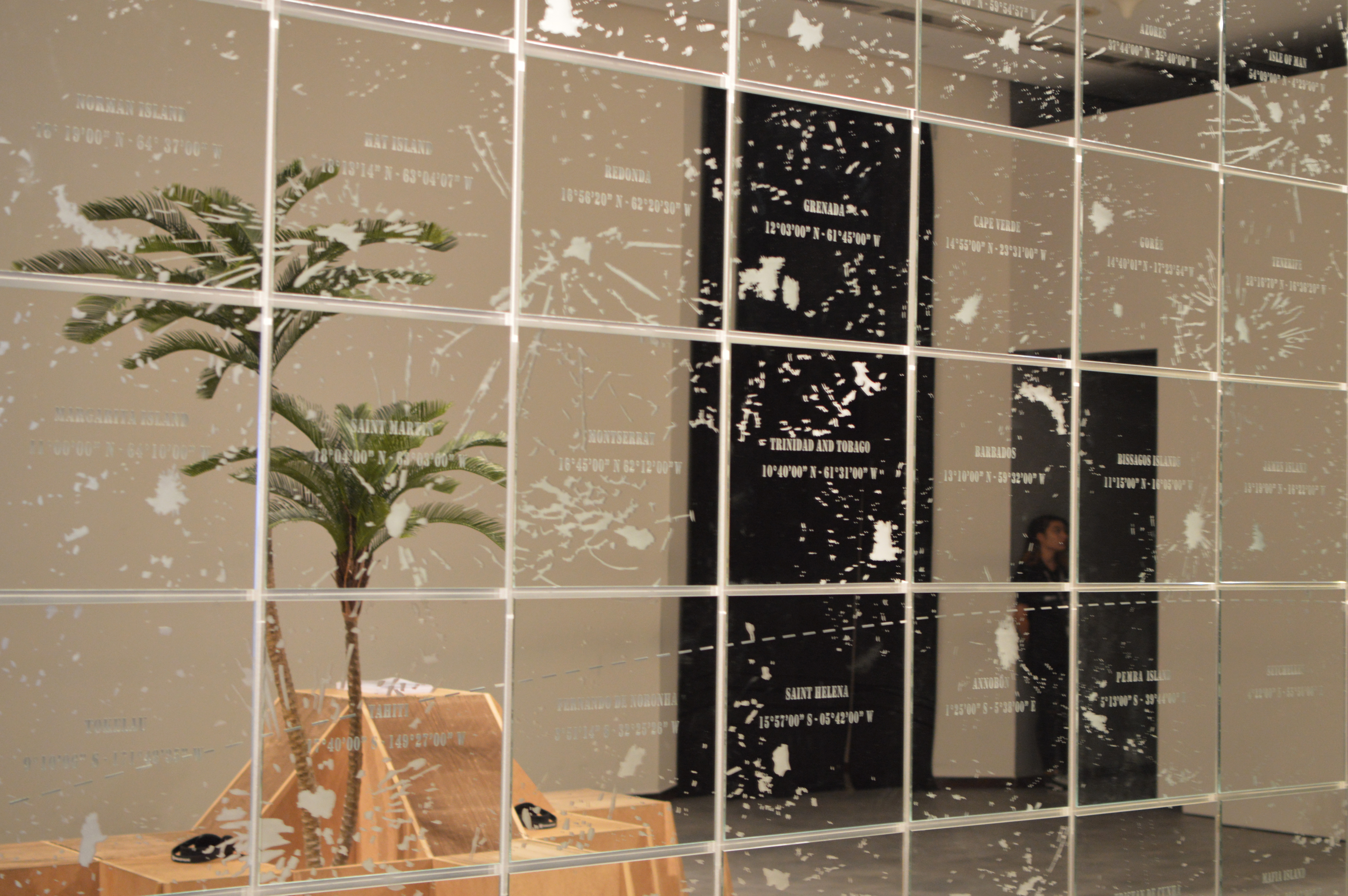
Features
The Avant-Garde of Artstage Singapore 2017
Here's what got us excited for the annual art event this year.
By Karel Tan
Artstage has been making rounds around the world as a platform for artworks of innovation and experimentation, and this year’s Artstage Singapore is no different. With the unusual and familiar blending together, the arts has never been more dynamic and alive, inspiring us to have new perspectives and renewed expectations for the evolving contemporary arts. Here are some of the artists that caught our eye during the event.
Aurora Canero - Persuasion 2001
We love Canero’s visual interpretation of the art of persuasion. Persuasion can be perceived as a long-winded speech to get others to do whatever you wished for, and it is represented best by the trumpet that stretches over a long distance to allow thoughts to be communicated. Canero’s sculptures portray the human likeness, stripped away of all bodily vanity, and leaving the pure psychological impressions that disconcerts viewers, yet hints at the raw truth of the human mind.
Juan Francisco Casas - Bonsaí
At first glance, we might think that it is a photograph or a print due to the hyperrealistic quality of the artwork. But as we move in closer, we realise that it is, in fact, made of innumerable pen strokes hatching and crossing over each other. Casas’s works has gained acclaim for his hyper-realistic details of his women models, but it is his drawings that truly break convention in the choice of medium. In the older times, drawing was regarded as the skeleton for the full painting, or simply a practice to get artists on their feet in their careers. However, artists like Casas are beginning to reject such perceptions, redefining art to become a common subject for all of us to relate to and enjoy.
Fernando Botero - Girl With Toys, 1984
Here we meet the familiar faces of Fernando Botero’s curvaceous figures and comical satire. We are all accustomed to the dark and serious undertones in his recent works, but this year we are treated to the more satirical and light-hearted works from the 1980s. Bright and gentle colours, generous curves, the confused frown of the girl contrasting comically with the cheery toys strewn around her; the painting is truly the essence of Botero. What intrigues us most is that the painting was created during a time of numerous drug wars and a boom in the arts scene in Colombia, which makes us wonder the thoughts and motives that could have influenced his work when such chaos ensued back in his native land.
Ravi Chandra
Chandra’s life-sized animal sculptures are visually arresting due to the sheer amount of detail created by the mismatch assemblage of scrap metal pieces. Often, sculptural artists prefer using pure materials to create their sculptures, but Chandra innovates and uses existing materials that are unwanted by us. Despite the immense amount of detail, these sculptures do not create visual chaos; rather, the details give life to the features of his sculptural forms, in turn revitalising the value of the scrap metal. His sculptures carry an important message - that even the materials we deem useless has its own beauty that cannot be dismissed.
Shisui Akiba - Preparing for the Next Storm
This next artwork quietens and stills our hearts, saturated with the emotions of the lone character standing afar in the middle of the vast emptiness. As we look on further, we could not help noticing the feelings of isolation and unease that seems to creep up on us. There are always storms to follow calms, such that the moments of calm are not comforting anymore, but filled with dread and resignation as one waits for the onset of the next storm.
Yuroz
Art lovers and critics would find the art style of Yuroz familiar to the eye. A tribute to the old art movements, Yuroz’s works are the modern take on the Cubist movement, creating abstract figures with geometric angles and a juxtaposition of colours. Some of us may recognise the pomegranate from the movies and books that has popularised the Greek mythology of Persephone and Hades, when Hades offers his bride the blood-red fruit to keep her with him in the underworld. Yuroz uses the Greek mythology to great effect, incorporating it into scenes of endearment as a symbol of a dreamy love that questions the possibility of its fruition.
Zorikto Dorzhiev - The Expendables
Zorikto Dorzhiev - Fairytale in Apricot Grove
The influence of Pop culture is ostentatious during this year’s event, as we observe many more works that incorporates the dynamic colours and themes of our culture today. Dorzhiev’s sculptures are a parody of the movies we have watched, amending the tough characters from action-packed movies into childish, innocent figures that are recognisable but humourous to action movie fans.But Dorzhiev does not stop there. As we look around at his works, we realise the diversity that the Siberian artist embraces, never stopping at one theme or style of art. Some of his paintings are significantly different in style and mood, creating fairytale scenes that are both mysterious and intriguing. Whimsicality, dreams and folklore: the artist’s exploration brings us to many realms whilst standing in one place.
As we progress to an age where creativity and innovation are increasingly valued, it is refreshing to see the changes that have taken place in the arts scene and movement in the recent years. Art has evolved such that it becomes not just a subject that stays with the old groups of art lovers and critics, but has also become more relatable to the everyday person. With such art fairs as Artstage becoming more frequent in Singapore’s art scene, we wait with bated breath for the next round of artworks to amaze us again.



